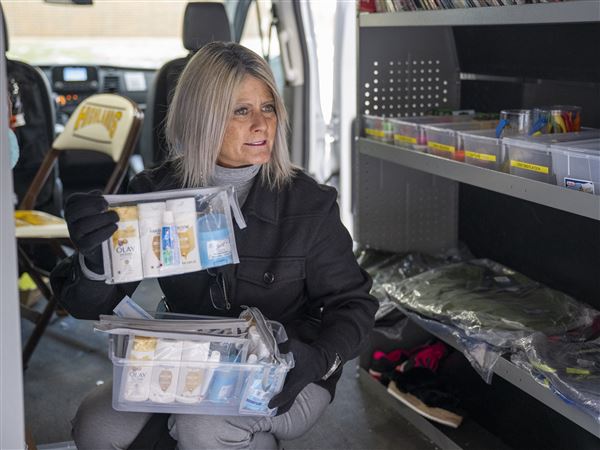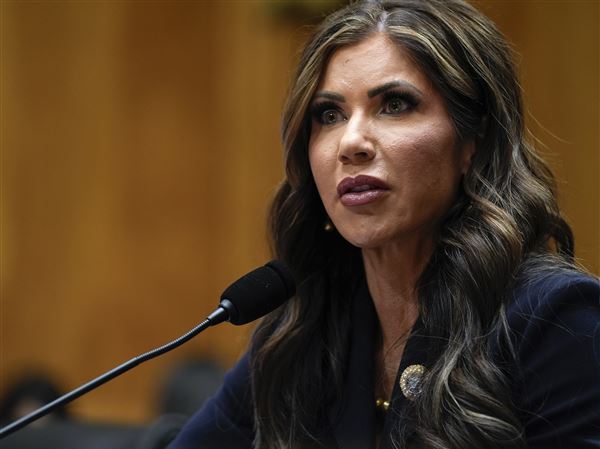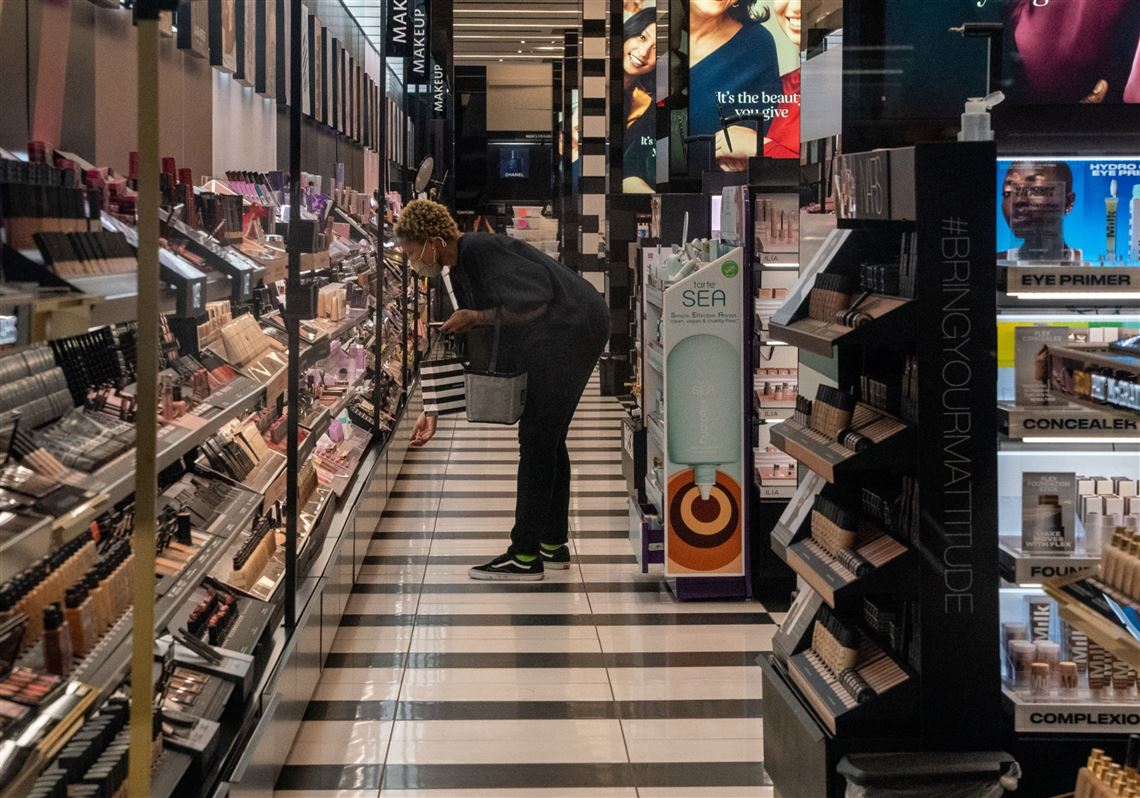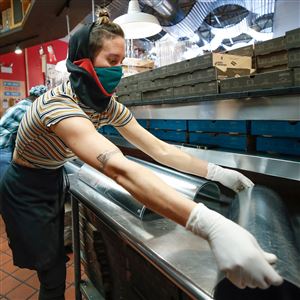WASHINGTON — U.S. employers added a modest 199,000 jobs last month while the unemployment rate fell sharply, even at a time when businesses are struggling to fill jobs with many Americans remaining reluctant to return to the workforce.
At the same time, Friday’s jobs report from the Labor Department showed that the nation’s unemployment rate fell from 4.2% to a healthy 3.9%, evidence that many more people found jobs last month. Indeed, despite the slight hiring gain reported by businesses, 651,000 more people said they were employed in December compared with November.
Wages also rose sharply, a sign that companies are competing fiercely to fill their open jobs. A record-high wave of quitting, as many workers seek better jobs, is also fueling pay raises.
Overall, the report pointed to a still-solid job market. Consumer spending and business purchases of machinery and equipment likely propelled the economy to a robust annual growth rate of roughly 7% in the final three months of 2021. Americans’ confidence in the economy rose slightly in December, according to the Conference Board, suggesting that spending probably remained healthy through year’s end.
The data for the jobs report reflects the state of the economy in early December, before the spike in COVID infections began to disrupt the economy later last month. Omicron has sickened millions of Americans, forced airlines to cancel thousands of flights, reduced traffic at restaurants and bars, and caused some major school systems to close, potentially keeping some parents at home with children and unable to work.
The aftermath of the pandemic has made the government’s survey of company payrolls more volatile, with one month’s data often followed by a sharply different trend a month or two later. On Friday, for example, November’s job gain of 210,000 was revised up to 249,000, and October’s gain, originally reported at 531,000, was upgraded to a strong 648,000.
The economy has also shown resilience in the face of surging inflation, the prospect of higher loan rates and the spread of the omicron variant. Most businesses report steady demand from their customers despite chronic supply shortages.
Even with December’s modest gain, 2021 was one of the best years for American workers in decades, though one that followed 2020 — the job market’s worst year since records began in 1939. Companies posted a record number of open jobs last year and offered sharply higher pay to try to find and keep workers. Americans responded by quitting jobs in droves, mainly for better pay at other employers.
Economists have cautioned that job growth may slow in January and possibly February because of the spike in omicron infections, which have forced millions of newly infected workers to stay home and quarantine, disrupting employers ranging from ski resorts to airlines to hospitals.
Alaska Airlines said it’s cutting 10% of its flights in January because of an “unprecedented” number of employees calling in sick. But because omicron appears to be less virulent than previous variants and few states or localities have moved to limit business operations, economists say they believe its economic impact will be short-lived.
Still, Andrew Hunter, an economist at Capital Economics, a forecasting firm, calculates that up to 5 million people — or roughly 2% of America’s workforce — could be stuck at home with COVID over the next week or so. Workers without sick leave who miss a paycheck are classified by the government as jobless. Any such trend could sharply lower job gains in the employment report for January, to be released next month.
Omicron will also likely weigh on jobs at restaurants and bars. The number of Americans willing to eat at restaurants started to slip in late December, according to the reservations website OpenTable. Restaurant traffic was nearly at pre-pandemic levels for much of November but had fallen nearly 25% below those levels by Dec. 30, based on a weekly average of OpenTable data.
Other measures of the economy have mostly reflected a resilient economy. A survey of manufacturing purchasing managers found that factory output grew at a healthy pace in December, if slower than in previous months. Hiring also picked up. Auto dealers report that demand for new cars is still strong, with sales held back by semiconductor chip shortages that have hobbled auto production.
First Published: January 7, 2022, 3:08 p.m.
Updated: January 7, 2022, 3:12 p.m.

















